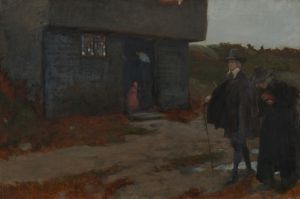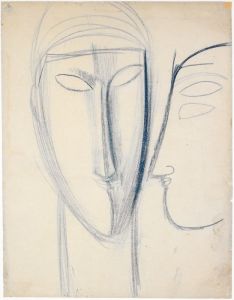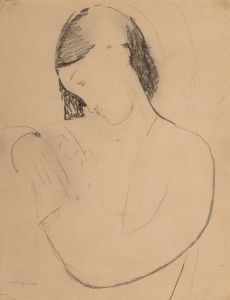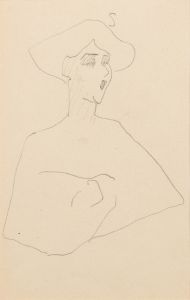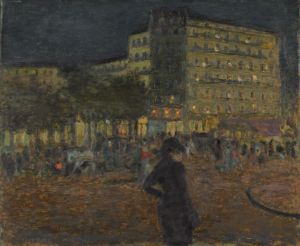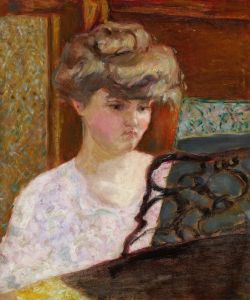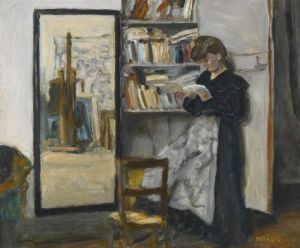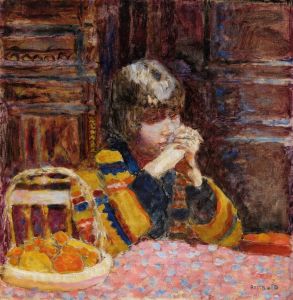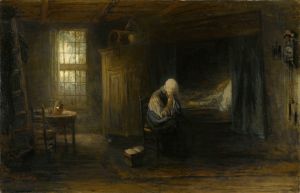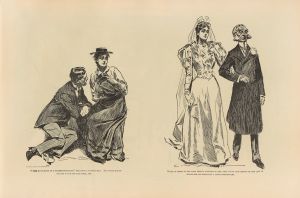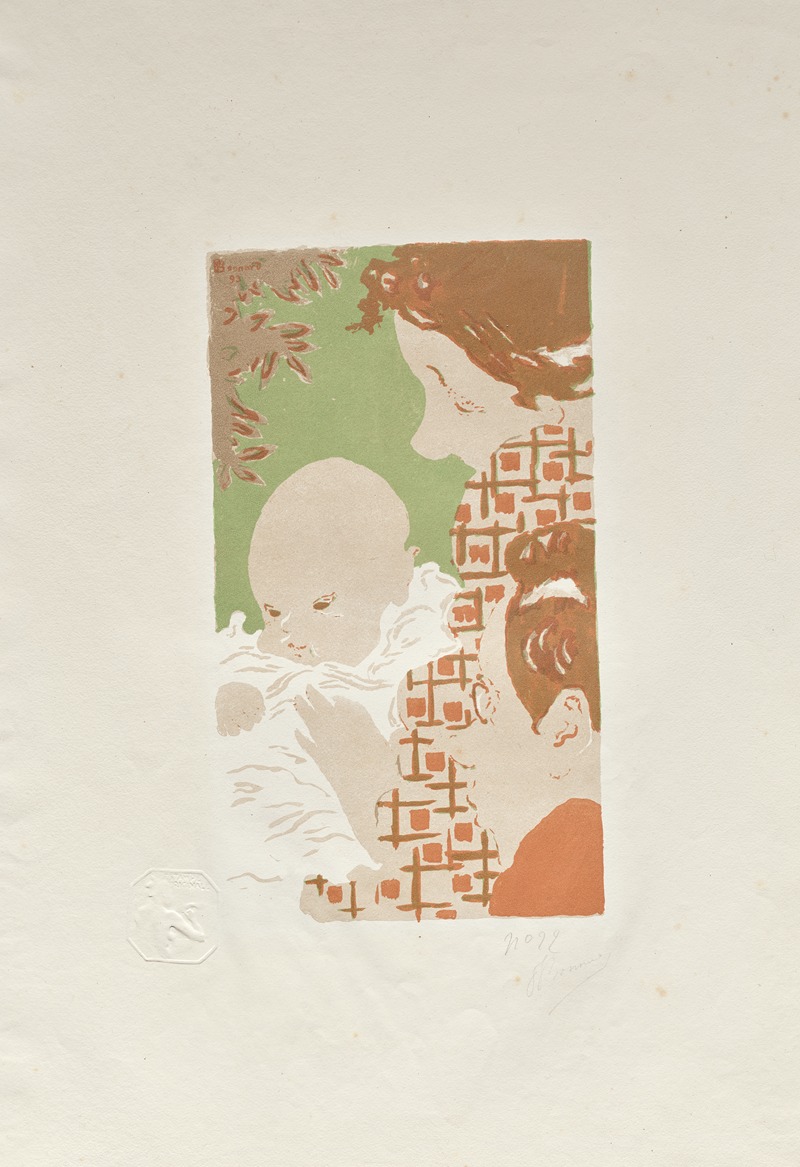
Family Scene
A hand-painted replica of Pierre Bonnard’s masterpiece Family Scene, meticulously crafted by professional artists to capture the true essence of the original. Each piece is created with museum-quality canvas and rare mineral pigments, carefully painted by experienced artists with delicate brushstrokes and rich, layered colors to perfectly recreate the texture of the original artwork. Unlike machine-printed reproductions, this hand-painted version brings the painting to life, infused with the artist’s emotions and skill in every stroke. Whether for personal collection or home decoration, it instantly elevates the artistic atmosphere of any space.
Pierre Bonnard was a French painter and printmaker, known for his vibrant use of color and his ability to capture the intimate and domestic aspects of everyday life. One of his works, "Family Scene," exemplifies his unique style and thematic focus. Although specific details about the painting "Family Scene" are not extensively documented, we can discuss Bonnard's general approach and the context in which he created his art.
Bonnard was a leading figure in the Post-Impressionist movement and a founding member of the group known as Les Nabis, which included artists like Édouard Vuillard and Maurice Denis. This group was characterized by its interest in symbolism and the spiritual aspects of art, often using bold colors and simplified forms to convey emotion and meaning.
Bonnard's work often depicted intimate domestic interiors, gardens, and scenes from everyday life, focusing on the interplay of light and color. His paintings are known for their dreamlike quality, achieved through a combination of loose brushwork and a vibrant palette. Bonnard had a particular talent for capturing the subtleties of light and shadow, which he used to create a sense of warmth and intimacy in his compositions.
In "Family Scene," Bonnard likely employed these techniques to depict a moment of familial interaction. His paintings often feature his own family members, including his wife Marthe, who was a frequent subject in his work. Bonnard's approach to composition was often unconventional; he would crop figures and objects in unexpected ways, creating a sense of immediacy and spontaneity.
Bonnard's use of color was influenced by his interest in Japanese prints, which he collected and admired for their flat areas of color and decorative qualities. This influence is evident in his use of bold, unmodulated colors and his emphasis on pattern and surface design. In "Family Scene," these elements would contribute to the overall mood and atmosphere of the painting, enhancing the emotional resonance of the depicted moment.
Throughout his career, Bonnard remained committed to exploring the nuances of human experience through his art. His paintings are celebrated for their ability to evoke a sense of nostalgia and introspection, inviting viewers to reflect on the beauty and complexity of everyday life. "Family Scene," like many of his works, captures a fleeting moment with sensitivity and depth, offering a window into the private world of the artist and his subjects.
Bonnard's legacy as a painter is marked by his dedication to capturing the essence of his subjects through color and light. His work continues to be celebrated for its innovative approach and its ability to convey the richness of human experience. While specific details about "Family Scene" may be limited, the painting undoubtedly reflects Bonnard's mastery of his craft and his enduring fascination with the intimate moments of life.





